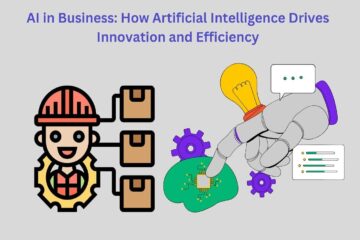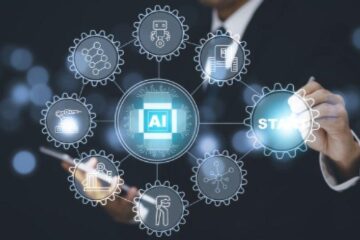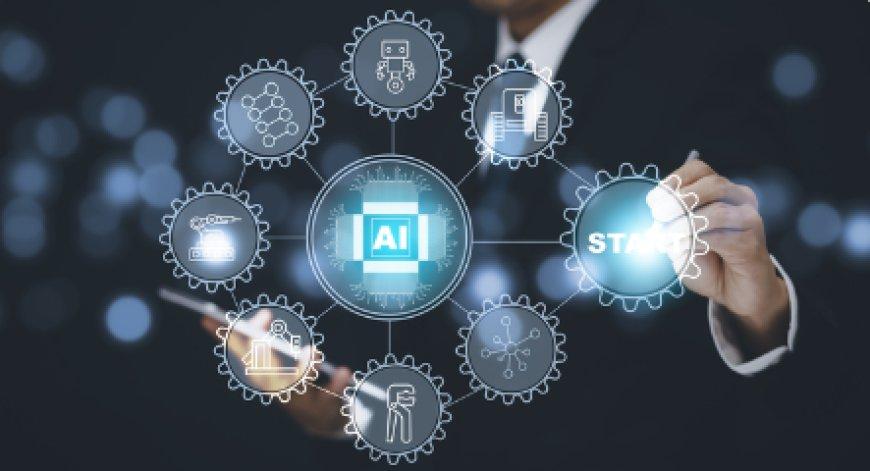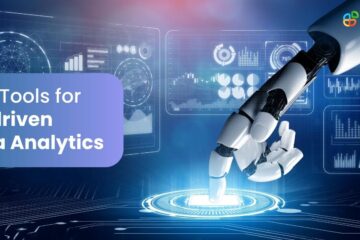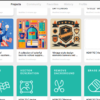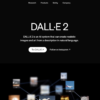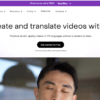
AI for video marketing
In today’s fast-paced digital landscape, standing out in the crowded world of video content is no small feat. Enter AI for video marketing—a game-changing fusion of creativity and technology that’s reshaping how brands captivate their audiences. From automating tedious tasks to crafting hyper-personalized campaigns, AI is taking video marketing to unprecedented heights. But what does this mean for yoru strategy? In this article, we’ll explore how AI is revolutionizing video production, streamlining workflows, and unlocking deeper audience insights. Whether you’re a seasoned marketer or just dipping your toes into the video realm, discover how this cutting-edge innovation can give your brand the competitive edge it needs. Ready to future-proof your marketing game? let’s dive in.
Table of Contents
- Understanding the Role of AI in Shaping Video marketing Strategies
- Crafting Personalized Video Content with AI-Powered Tools
- Enhancing Engagement with Predictive Analytics and Viewer Insights
- Streamlining Video Production Workflows through Automated Editing
- In Summary
Understanding the Role of AI in shaping Video Marketing Strategies
Artificial intelligence has become a cornerstone of crafting highly targeted and effective video marketing strategies. By analyzing consumer behavior at an remarkable depth and scale, AI enables marketers to fine-tune their campaigns like never before. For example, predictive analytics powered by AI can anticipate viewer preferences, informing the type of video content that will most likely resonate with specific audiences. This data-driven approach not only optimizes content creation but also reduces the guesswork that frequently enough accompanies video production. Businesses can integrate AI tools to develop dynamic storytelling methods that shift in real time based on viewer engagement,making content feel personalized and relevant to each individual.
One especially striking innovation is AI’s use in video personalization and segmentation. platforms can now leverage machine learning to automatically analyze how different demographic groups consume video content, adjusting elements such as tone, duration, and even visuals for each audience segment. For instance, if analytics reveal that a younger audience prefers shorter, fast-paced videos, AI can tailor content accordingly without manual intervention. This capability not only amplifies ROI but also maximizes viewer retention.It’s no surprise that brands leveraging AI-driven strategies are witnessing increased engagement rates. For further insights into AI’s pioneering role in digital transformation,explore this <a href="https://hbr.org/2023/07/how-to-harness-ai-for-marketing-strategy" target="blank”>analysis by Harvard Business Review or read our recent post, <a href="/personalized-video-marketing-ai" target="blank”>”Personalized Video Marketing with AI”, to explore personalization more in-depth.
Crafting Personalized Video Content with AI-Powered Tools
Personalization has become the cornerstone of effective video marketing, and AI-powered tools have revolutionized how brands achieve it. These tools analyze viewer data—such as browsing history, geographic location, and even past interactions—to create content that resonates on a deeper, more individual level. For example, AI can dynamically adjust video elements like text overlays, product recommendations, or background visuals, tailoring them to match the preferences of each viewer.This not only enhances engagement but also increases conversion rates by delivering precisely what the audience needs to see when they need to see it. Research shows that personalized videos are 35% more likely to hold the viewer’s attention compared to generic content.
Brands can also craft hyper-targeted campaigns using AI tools that integrate seamlessly with existing customer relationship management (CRM) systems. By pulling insights directly from these platforms, businesses can automate the creation of video ads tailored for individual customers at scale. Imagine a fitness app sending a user a personalized video recap featuring their monthly workout stats, paired with customized tips for advancement. Tools like synthesia and Vidyard simplify this process, enabling marketers to combine creativity with data-driven precision. For a deeper dive into how to leverage AI in video production, check out our recent post, “AI Tools for Creative Content.”
Enhancing Engagement with Predictive Analytics and Viewer Insights
Predictive analytics is redefining how marketers connect with their audience by anticipating viewer preferences and actions before they happen. Using AI-driven models, video campaigns can uncover patterns within massive datasets to predict what type of content will resonate most with distinct audience segments. for example, platforms like Forbes Tech Council highlight how predictive tools can analyze click behavior, video watch completion rates, and user feedback to shape dynamic strategies. As a result, marketers can craft highly customized campaigns that appeal directly to individual interests and maximize engagement levels.
Additionally, leveraging viewer insights enhances connection by focusing on what keeps audiences engaged rather than solely what drives clicks. AI systems can break down metrics like replay rates, average watch duration, and the exact moments viewers lose interest. This granular understanding enables video creators to finetune future content. Some key elements to monitor for better engagement include:
- Timing: What is the ideal video length for your audience?
- Visual cues: Which frames or designs trigger the most interest?
- Call-to-action (CTA): When and where to include CTAs for maximum effectiveness.
By marrying predictive analytics with viewer insights, you’re no longer blindly creating video strategies but instead deploying campaigns that work smarter. need inspiration? Take a glance at our post on AI tools for video content creation to learn how data can elevate your creative process.
Streamlining Video Production Workflows through Automated Editing
The process of editing video content has traditionally been a labor-intensive endeavor, demanding meticulous attention to detail and significant time investments.With AI stepping into the production equation,automated editing tools are transforming workflows,enabling marketers to deliver polished visuals without the usual bottlenecks. As an example, platforms like Adobe Premiere Pro’s AI-powered tools or Descript leverage machine learning to identify key scenes, cut filler content, and even sync audio seamlessly. This revolutionizes post-production, allowing teams to shift their focus toward enhancing creativity and storytelling rather than wrestling with technical hurdles.
What makes these tools particularly valuable is their ability to standardize and optimize processes through features like:
- Auto-cropping for different platforms – Quickly adapt video formats for platforms like YouTube Shorts or Instagram Reels.
- Audio transcription and captioning – Improves accessibility while saving time on manual subtitling.
- Scene detection – Instant identification of highlights for smoother transitions and cohesive narratives.
Studies have shown that adopting AI in post-production can reduce editing time by as much as 30–50% (Forrester), allowing marketing professionals to scale campaigns more effectively. If you’re new to automated editing or exploring how to maximize these features, you might want to check out our recent post, How to Harness AI Tools for Social Media Video Marketing, for additional insights.
In Summary
In the ever-evolving world of video marketing,AI is no longer just a futuristic buzzword—it’s a transformative force reshaping how brands tell their stories. From automated editing to data-driven personalization,it’s unlocking new levels of efficiency,creativity,and connection. Yet, as with any powerful tool, success lies not just in adopting the technology, but in understanding how to use it purposefully and responsibly. AI might be the engine driving the future of video marketing,but the human touch—your vision,empathy,and creativity—remains the steering wheel.so, as you explore the possibilities of AI, remember: the best stories are still the ones that resonate, inspire, and engage. The technology is here; the next chapter is yours to write.

